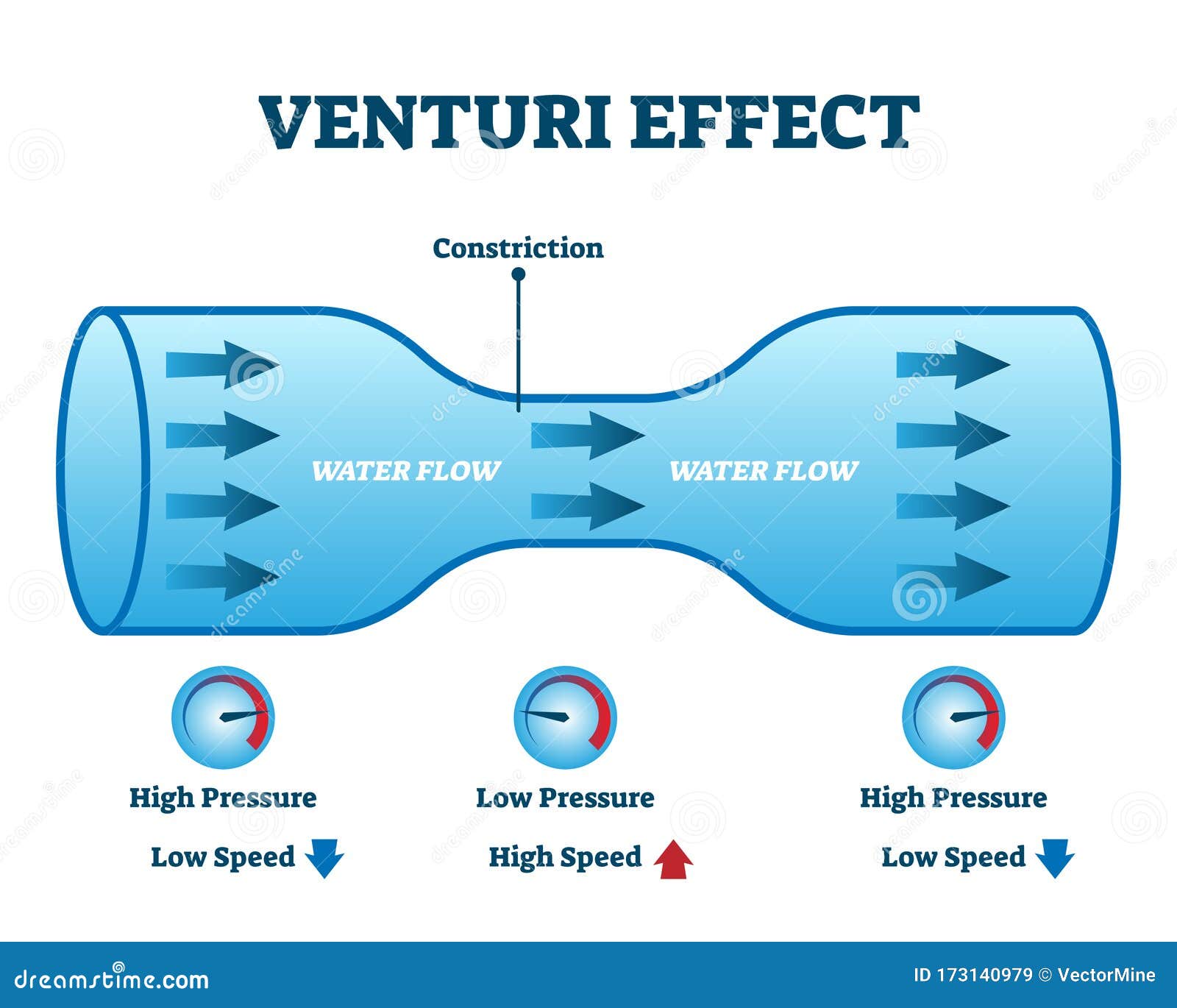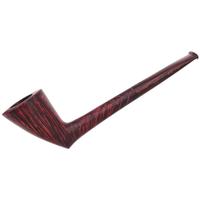I couldn't say -- I keep my pipes reamed to pretty much the original bowl as much as possible. Every time I had a pipe I thought went "bad", reaming it fixed it right up, so I just don't really allow much cake to develop.
What Are The Physics Of "Thick Wall = Cool Smoke"?
- Thread starter Road To Pines
- Start date
You are using an out of date browser. It may not display this or other websites correctly.
You should upgrade or use an alternative browser.
You should upgrade or use an alternative browser.
- Status
- Not open for further replies.
I think it's all a marketing trick.Dry tobacco equals cool smoke.Proper drilling equals cool smoke.lack of turbulence equals cool smoke.Slow smoking equals a cool smoke.Thick walls equal a pipe that won't burn your hand due to over enthusiastic puffing.I think that thick walls contribute somewhat by absorbing some of the heat,but are not a major factor.Just my opinion.
I have no real scientific grounding or really any idea of how any of this works at a physical level, but I can anecdotally observe that when I first started, all of my pipes smoked hot, all tobaccos tasted like hot air or like I’d fished a cig butt out of a wet public ashtray, the bowls were almost uncomfortably warm, and everything except Prince Albert had a bite like an angry alligator.
At some point, I figured out how to smoke less stupid, did a bunch of research, found this place, and eventually I got to the point where it doesn’t matter which pipe I use, it smokes cool and I can taste the meat instead of the heat, and formerly bitey tobaccos are more of a pleasantly spicy tingle on my tongue. So, I guess I’m in the “technique matters more, but physical properties contribute a bit” camp.
At some point, I figured out how to smoke less stupid, did a bunch of research, found this place, and eventually I got to the point where it doesn’t matter which pipe I use, it smokes cool and I can taste the meat instead of the heat, and formerly bitey tobaccos are more of a pleasantly spicy tingle on my tongue. So, I guess I’m in the “technique matters more, but physical properties contribute a bit” camp.
Lord have mercy... seven pages of this? Complete with thermodynamics equations! ?
I’ve got pipes with thick walls, and thin. Not a discernible difference between them. Much ado about nothing if you ask me. But hey, whatever floats one’s boat, I reckon. Seems to me that there are much more important/influential factors in the temperature of the smoke than bowl thickness. If thickness mattered at all in any practical way, wouldn’t the shank and stem thicknesses be more important anyway? ? This whole thing seems like an exercise in migraine production, which is the antithesis of what pipe smoking oughta be about. But hey, I’m just a bumpkin typing on a cell phone, so what do I know?! ?
This whole thing seems like an exercise in migraine production, which is the antithesis of what pipe smoking oughta be about. But hey, I’m just a bumpkin typing on a cell phone, so what do I know?! ?
I’ve got pipes with thick walls, and thin. Not a discernible difference between them. Much ado about nothing if you ask me. But hey, whatever floats one’s boat, I reckon. Seems to me that there are much more important/influential factors in the temperature of the smoke than bowl thickness. If thickness mattered at all in any practical way, wouldn’t the shank and stem thicknesses be more important anyway? ?
Yet, the best protest is to not add to the thread! (Rather unlike I am doing. But then I like some of this stuff.)
True. No protest here. Just astonishment ?Yet, the best protest is to not add to the thread! (Rather unlike I am doing. But then I like some of this stuff.)
Well, ... I mean... All the physics stuff assumes a closed system. Pipes are pulling highly variable temperatured air into an open system. ?Physics is parsimonious and arcane
I concede that the delta in temperature as a result of fluid velocity might be negligible and noticed only by the most sensitive of tongues; yet, a pipe with a larger chamber diameter would push more volume of smoke through the hole and it'd travel faster than it would in a pipe with smaller chamber diameter. The pipe smoking system is nothing but a Venturi tube:

Have you ever tried sucking through a Venturi Tube? I think you have your physics a bit confused.
There's only one solution to this problem. Smoke a thin and thick walled pipe back to back. 100 times. With a thermometer in your mouth.
@didimauw you done with the meer challenge yet? ?
@didimauw you done with the meer challenge yet? ?
Without an anemometer or barometer? How unscientific!There's only one solution to this problem. Smoke a thin and thick walled pipe back to back. 100 times. With a thermometer in your mouth.
@didimauw you done with the meer challenge yet? ?
Thick walls retain the heat better require less puffing to maintain the ember, therefore cooler smoke
Thick walls retain the heat better require less puffing to maintain the ember, therefore cooler smoke
??
So, to be clear, I haven't noticed this phenomenon yet. Although I have rather curious mind.It's really hard to take someone serious who is telling you that the smoke is not cooler, when you have the pipe in your mouth and the smoke feels cooler. Why? I don't think anyone can answer that. But, they can't tell me that I don't 'feel" what I am feeling. Period.
Maybe as the thinner bowls heat up, it makes the smoke hotter? Magic? Some sorta weird inner bowl dynamic that armchair physicist can't fathom? I put myself in the armchair category, BTW.
Maybe your fat pipes aren't as good as my fat pipes?
Here's what I came up with: thicker walled, larger bowls have more surface area AND thermal mass. Both of which are insanely important when taking about heat dissipation. While the big pipes may hold heat better, my theory is that the surface area allows them to get rid of that heat quicker. More contact with the air=cooler pipe.
Just a thought from a computer nerd that messes around with liquid cooling! ?
All that said, the temperature of the ember, and hence the smoke you draw through the airway is far more dependent on pace and strength of draw than wall thickness or mass.
Very true, doesn't really matter what kind of pipe you're smoking if you're sucking like a shop-vac ?All that said, the temperature of the ember, and hence the smoke you draw through the airway is far more dependent on pace and strength of draw than wall thickness or mass.
- Status
- Not open for further replies.

















